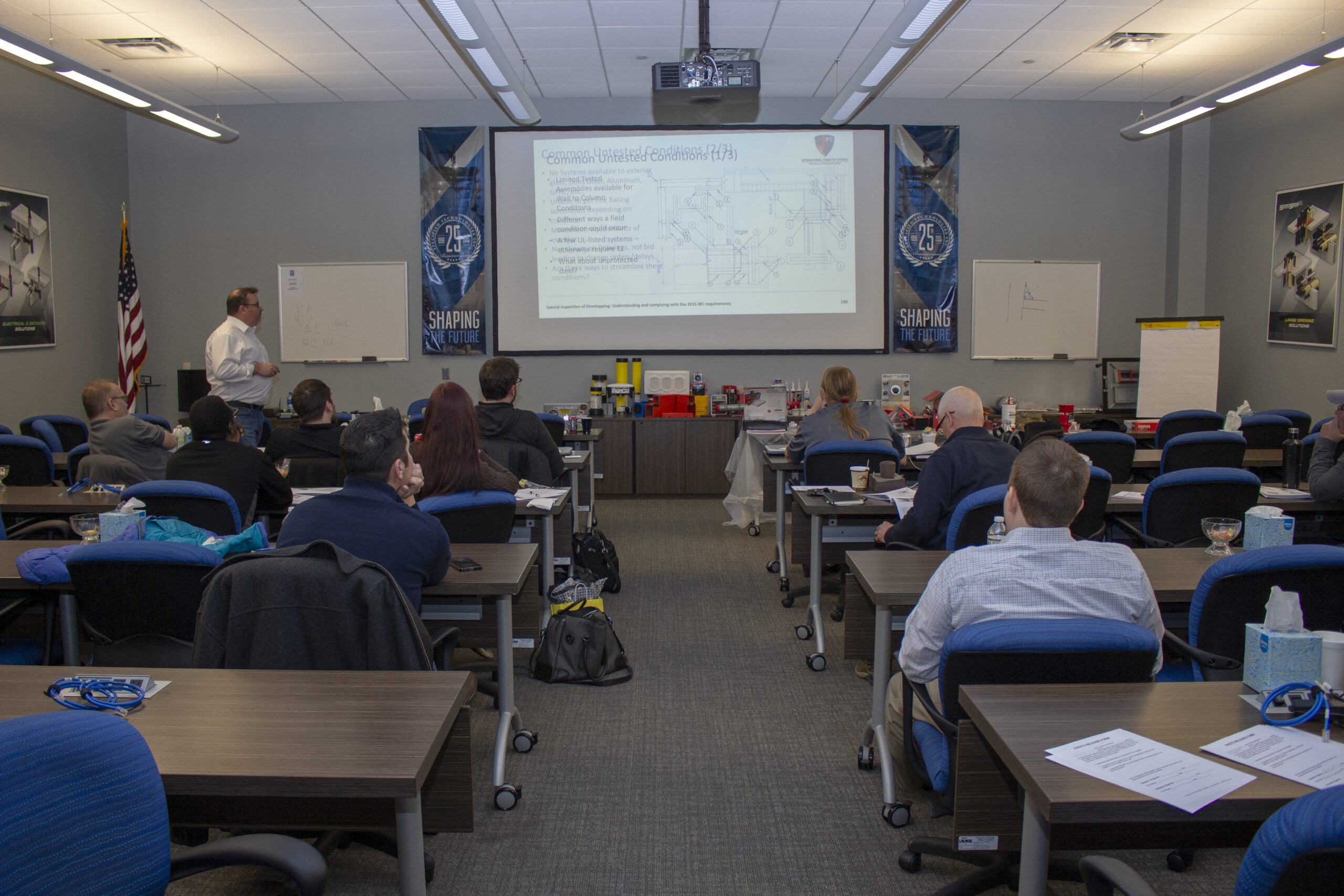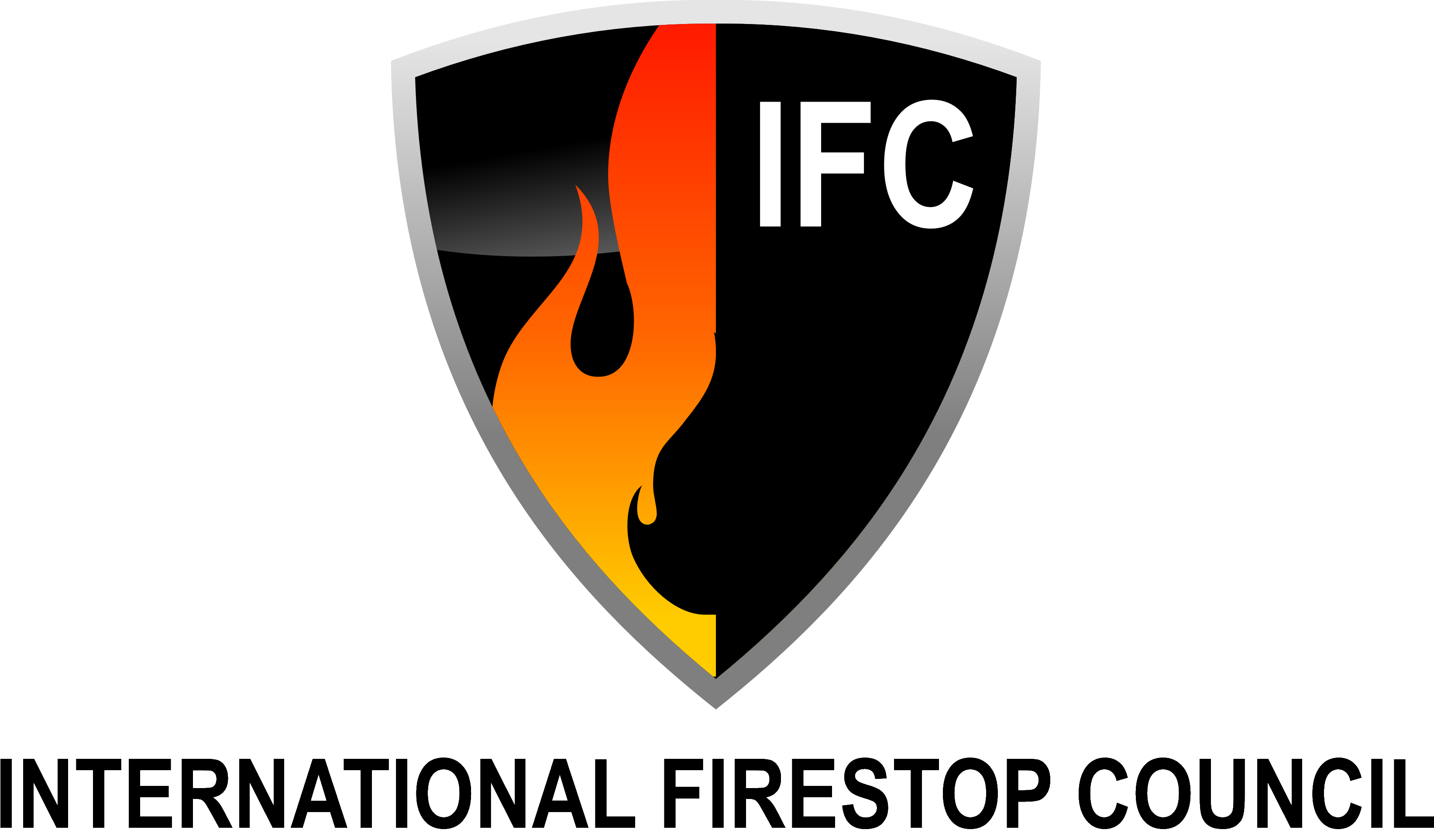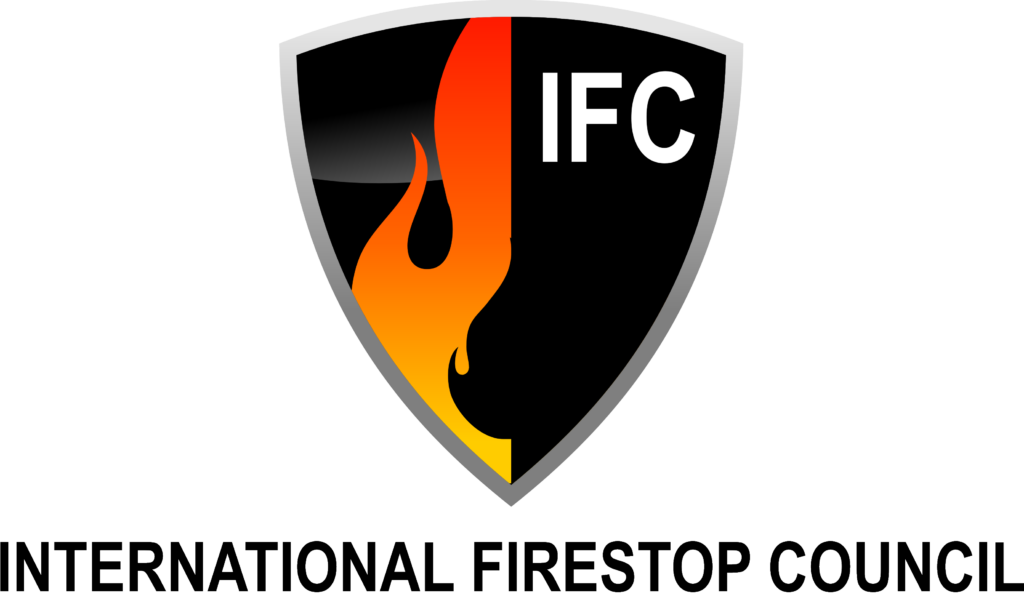Past Webinars
Review Educational Firestop Webinars

Understanding The National Building Code Of Canada Requirements For Firestopping
Understanding The National Building Code Of Canada Requirements For Firestopping
The National Building Code of Canada, and the Provincial codes, which are based on the NBCC, include requirements for firestopping that are often perceived as confusing. This is partly due to the fact that the requirements are distributed across multiple sections of the code, rather than in one dedicated section. This webinar will help provide a clear overview of the code’s requirements for firestopping of penetrations, joints and curtain wall gaps, including the somewhat complex and not always consistent exceptions and variations.
Upon completion of this webinar, you should be able to:
“Frontline Fire Officer Training: Firestopping and Path of Travel”
“Frontline Fire Officer Training: Firestopping and Path of Travel”
Learn about passive fire containment and the importance to firefighter safety. Presenters: Sean DeCrane, Manager, Industry Relations, UL, & Luke Woods, Primary Designated Engineer, Passive Fire Protection, UL
Length: 1 hour, with Q&A
Join Sean DeCrane, UL FSRI Advisory Board Member and UL Industry Relations Manager and Luke Woods, Primary Designated Engineer, Passive Fire Protection, for a complimentary 60-minute webinar discussing Firestop Systems; passive fire containment and the importance to firefighter safety. Learn more about the modern fire environment and how these systems operate to provide safety to the operating firefighters during an emergency response.
This firestop video is the exclusive property of UL LLC © 2018. All rights reserved. UL and the UL logo are trademarks of UL LLC. This video may not be used, modified or copied without written permission from UL.
Upon completion of this webinar, you should be able to:
- Describe the modern fire environment
- Explain what firestopping means
- Recognize the importance of inspecting passive fire protection
- Free IFC online education program
- Available online exam for evaluation and documentation of competence
- Hands-on firestop products familiarization
This presentation has been designed to bring about awareness of the educational programs available to inspectors that will increase their competence of firestopping and demonstrate to AHJs that they have relevant qualifications as special inspectors, as required in the 2012 IBC.
Contact [email protected] if you would like to be invited to one of our next webinar dates.
Past Webinar (August 29, 2017)
Topic: “Tips and Techniques to Help Prepare for a Successful IFC Special Inspector Exam”
Presenter: Brent Johnson, President, Firewise Consultants LLC
Watch a replay of the webinar at The International Firestop Council – YouTube
The IFC special inspection online study curriculum i s quite extensive. And the 2-hour online certificate exam is quite challenging, as it requires an understanding of the studied material, and an ability to apply the knowledge to real-life situations, not just memorization of what is written. This webinar, which will be taught by the only firestop inspector to thus far take the exam twice, and pass it each time on a first attempt, will aim to coach people on how best to study and prepare for the exam.
Past Webinar:
Topic: “Special inspection of Firestopping: Understanding and Complying with the 2012 IBC Requirements”.
Presenters: John Valiulis (Hilti), Patrick Tesche (Global FPG)
The webinar Wednesday will summarize and explain the 2012 IBC requirements for Special Inspection of firestopping for penetrations and joints in fire resistance rated construction. It will also explain the tools and resources develop ed by the International Firestop Council to help train people who wish to conduct firestop inspections, and to verify and document their knowledge and understanding via examination.
Topics Covered
2012 IBC Requirements
- Which buildings require this special inspection?
- Inspection agency requirements
- Who pays for the special inspection
- Inspector qualifications
- How the firestop inspection is conducted
- What happens when non-compliant installations are found?



